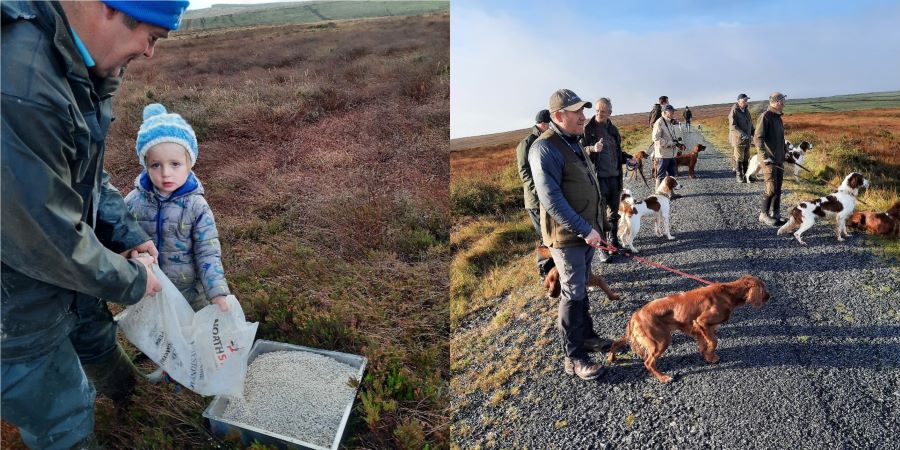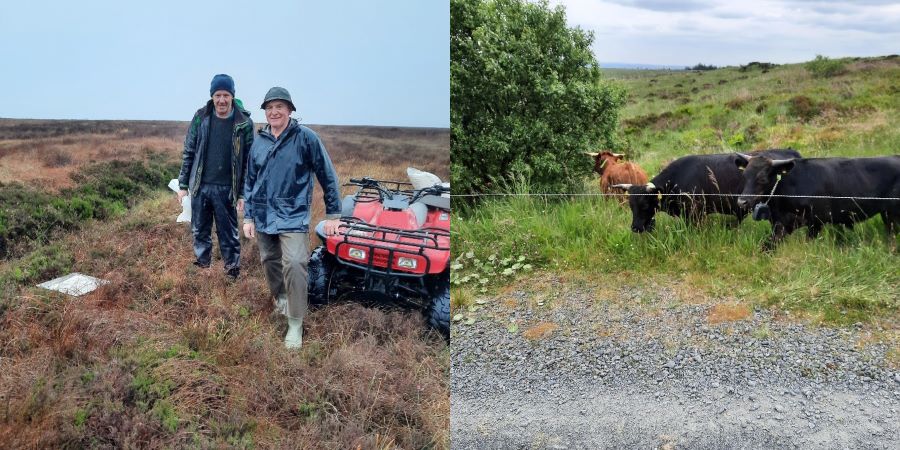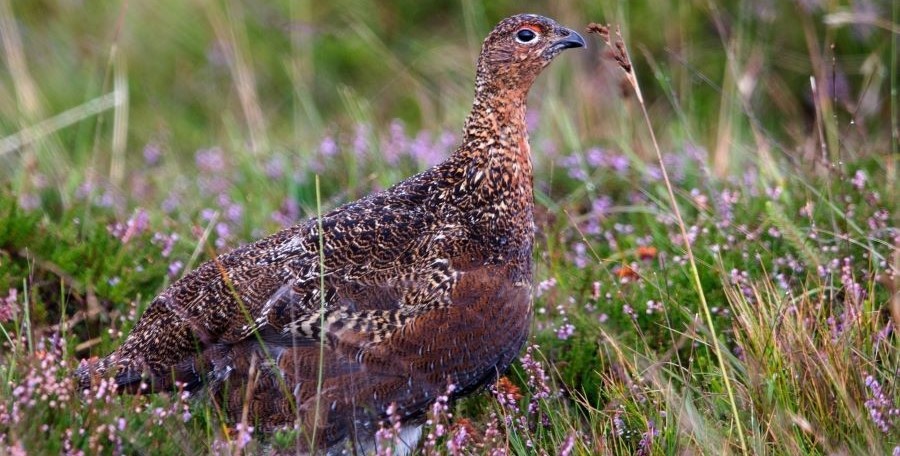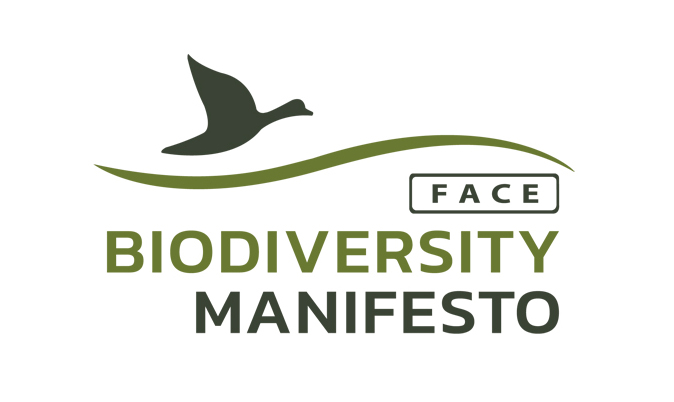
09 Feb 2022 Sliabh Beagh: Irish hunters maintain critical mountain area for Red Grouse in protected area
The Mountain of Sliabh Beagh
Sliabh Beagh is an important mountainous area shared between Ireland and Northern Ireland. The mountain covers over 3000ha and contains a number of protected area designations: Special Area of Conservation (SAC), Area of Special Scientific Interest (ASSI), Ramsar wetland of international importance, National Nature Reserve (NNR) and Natural Heritage Area (NHA), in recognition of its importance for biodiversity.
Species Conservation
For over 50 years, local hunters have helped to conserve the Red Grouse population on the site. In general, the management is aimed at improving the ecological conditions for Red Grouse, but a number of other species benefit. These management strategies typically include maintaining the distribution and diversity of heather quality, predator control, disturbance control, population monitoring, providing grit, removal of self-seeding conifers, conservation grazing with traditional Irish breed cattle and improving public awareness
POLICY RELEVANCE
Protected Areas: The new EU Biodiversity Strategy for 2030, which includes a new restoration initative, calls for more community-based actions led by citizens, businesses, or social partners to protect and restore Europe’s nature. This project demonstrates yet again the longstanding activity on the ground of hunters and their essential role in implementing the strategy throughout Europe in the next 10 years.
This project is an excellent example of how hunters are contributing, for many years already, to delivering the EU’s Biodiversity Strategy for 2030. It accurately describes what can be accomplished for biodiversity and how to achieve those results.
Wetlands: More than half of Europe’s wetlands have been lost (particularly in Western and Central Europe and the western parts of Eastern Europe) since the 1970s (IPBES). Europe’s hunters play an important role in wetland management in Europe. According to the latest BDM data, most hunter projects focus on the maintenance of open water sites and the creation of new wetlands for ducks. In the future, Europe’s farming systems need to incentivise wetland restoration.

They project team is particularly proud that the site has become a key site for breeding Curlew, Hen Harrier and snipe. The success is due to a combination of an active local community working in partnership with a wide range of key supporting stakeholder organisations. The site is currently part of the EU-funded Collaborative Action for Natura Networks (CANN project) and the Department of Agriculture funded Hen Harrier conservation programme. The local hunters also support work to improve water quality on the site.
The project involves both Emyvale/Truagh and Tydavnet Gun Clubs, Monaghan Regional Game Council, National Association of Regional Game Councils, River Blackwater Catchment Trust, Truagh Development CLG, local landowners, National Parks and Wildlife Service. In continuation with the ethos of Irish hunters, the local hunters will ensure Sliabh Beagh’s ongoing conservation and management, while working with the local community and promoting cross-border nature conservation, education and awareness-raising.


The FACE Biodiversity Manifesto shows how hunters benefit nature conservation across Europe. It is a substantial database of over 470 hunting-related conservation projects. We now have strong evidence to show how hunters successfully implement the EU Biodiversity Strategy for 2030 and make a crucial contribution to habitats restoration, protected areas, species monitoring and much more.
Submit your Project!
Every month FACE choses a hunting-related conservation project in Europe as its project of the month. These projects highlight some of the many great initiatives hunters are undertaking to preserve biodiversity.
For further information on the Biodiversity Manifesto, please contact bob.groome@face.eu or visit www.biodiversitymanifesto.com

